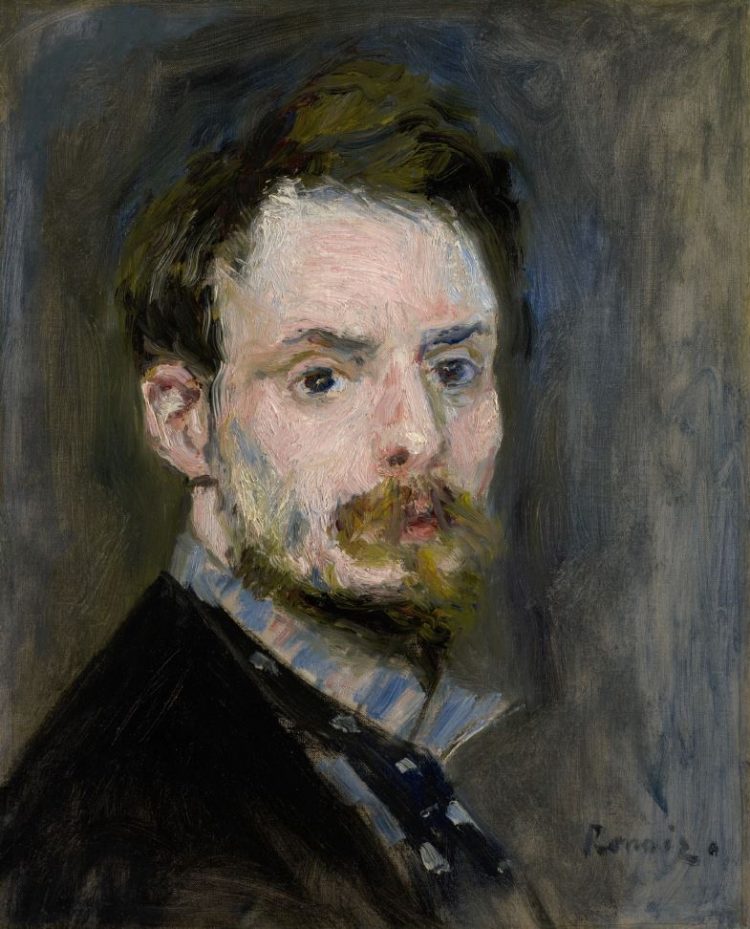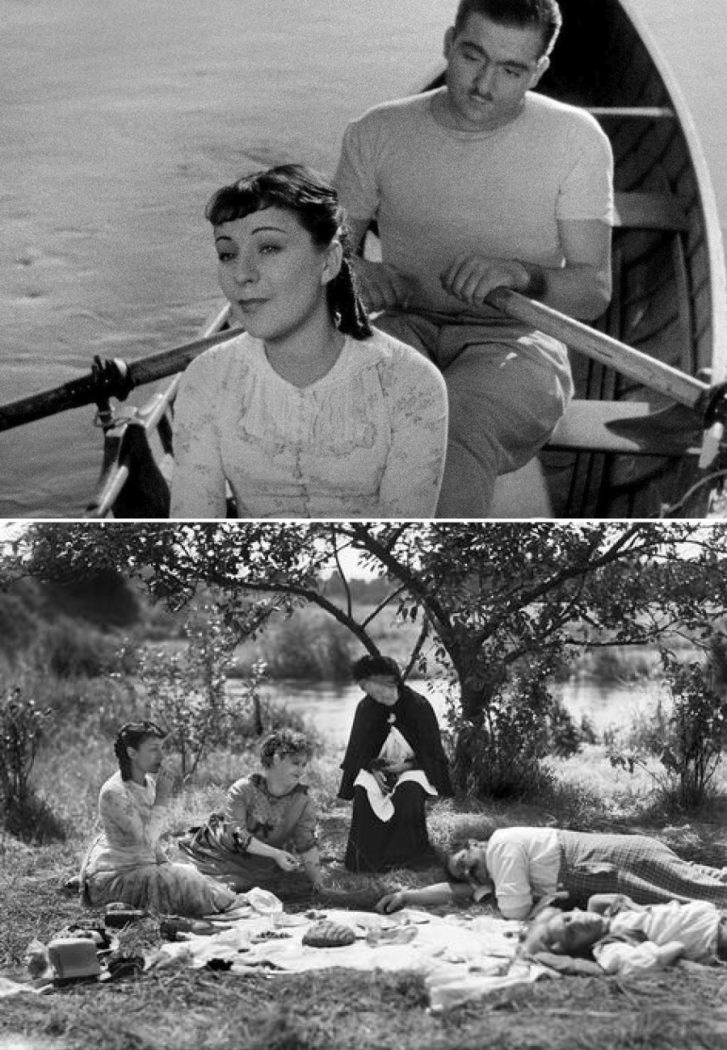In this video, exhibition curator Eliza Rathbone introduces Renoir and Friends: Luncheon of the Boating Party, on view through January 7, 2018.
In this video, exhibition curator Eliza Rathbone introduces Renoir and Friends: Luncheon of the Boating Party, on view through January 7, 2018.
Each week for the duration of the exhibition, we’ll focus on one work of art from Renoir and Friends: Luncheon of the Boating Party, on view October 7, 2017-January 7, 2018.

Pierre-Auguste Renoir, Self-Portrait (Autoportrait), c. 1875. Oil on canvas, 15 3⁄8 × 12 7⁄16 in. Sterling and Francine Clark Art Institute, Williamstown, MA
In a rare self-portrait, Pierre-Auguste Renoir (1841-1919) captures the ambitious young man that he was in his mid-thirties, struggling to make a living as a painter. In the early to mid-1870s, Renoir had a hard time selling his work. His style, which we find so alive and full of light―was considered loose and unfinished by many established critics. It was an arduous time for the avant-garde Impressionists (and for Renoir in particular, who was one of the founding members of the group), strained by lack of sales an deplorably low prices. While in retrospect it was the great decade of Impressionism, when the group was at its most cohesive, by its end there were challenges to this cohesion. Renoir shifted his sights from the small independent Impressionist group exhibitions to the huge official state-run Salon, though it may have meant unfortunate placement and the certainty of being exhibited among pieces by painters who subscribed to traditional subjects and established techniques. Although some of Renoir’s paintings had been accepted at the Salon in previous years, this had not resulted in any significant increase in sales or recognition. But Renoir was keenly aware of the value of personal contacts and social connections, and carefully cultivated the support of writers who understood and praised his work and collectors who purchased, and soon, in greater numbers, commissioned portraits and decorations.
Just a few years later, as he approached his fortieth birthday, he determined not to put off any longer the challenge of a complex group composition to be painted on the terrace of the Maison Fournaise: Luncheon of the Boating Party.

Stills from A Day in the Country
Jean Renoir (1894-1979), the second son of Pierre-Auguste and Aline Charigot, was an important French film director, screenwriter, actor, producer and author. Jean’s film A Day in the Country (1936) is based on a novel by Guy de Maupassant and situated on the River Loing, south of Paris, in 1880, and echoes subjects in his father’s paintings, such as The Swing (1876, Musée d’Orsay) and many scenes of riverside diversion. Maupassant knew Pierre-Auguste and also frequented the Maison Fournaise. In the film, the Dufour family—out from the city for a day on the river—is depicted as charmed but unprepared for the wild freedoms of the countryside. Jean includes himself as the innkeeper. Pierre Lestringuez, the son of Pierre-Auguste’s close friend, plays a priest.
Jean Renoir was critically wounded in World War I and spent valuable time with his aged father after his mother died in 1915. Their conversations helped him write Renoir, My Father, first published in French in 1958. The book remains a valuable source about the life of the artist from his son’s point of view.
Watch A Day in the Country in the Renoir and Friends exhibition galleries and Jean Renoir’s La Grande Illusion (1937) on December 14.